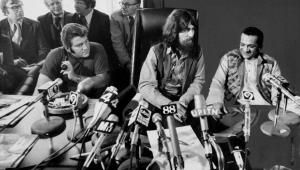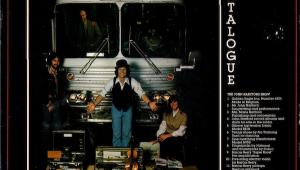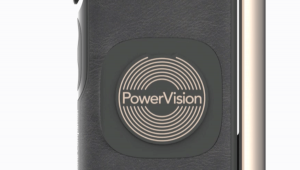Is actually a 2,3,4,1 to me.
And that, listening through an iPad to an UEBoom2 bluetooth connected, „it cannot work“ and it doesn‘t when choosing a cable of that value for my proper system of some very much higher value. It was an experiment.
1 sounded utterly uninspiring
2 the mellow music spectrum fitted voice and song, that this would have been my preferred cable listening through a wireless system, hahahaha
3 tightly followed by the not so mellow, more controlled and precision indicating (remember BT, mono) #3
4 just did a good job, less precise, less mellow than 2 and 3 but the chaos mentioned in soundstage is of course difficult to extract out of this crappy mobile system, but looking at price, definitely a go for a quick setup or vacation home intermediate setup.
Unfortunately the #1 was very distant and obviously off the line.
Cheers.






























































